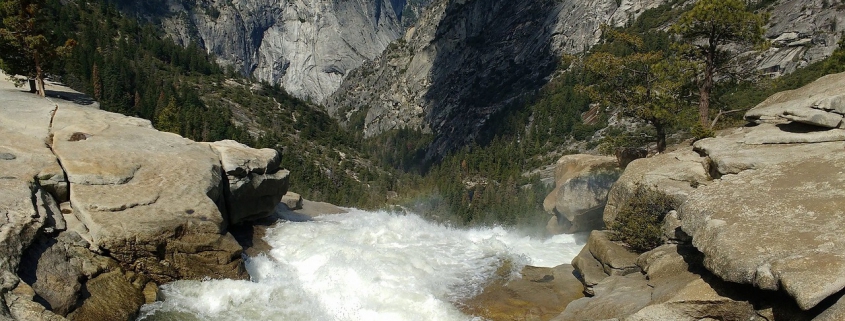The Source of Leadership
What governs human actions and behavior, what motivates us to lead well, and what creates meaningful change in the world?
So I began my search for the generative source of leadership. To begin with, I started from a position in which I refused to define leadership. I didn’t want to do that for two reasons: one, the very act of defining it would impose a model or a theory onto it, thereby forcing it into one or the other categories that were already around. Two, I wanted to test whether we have a sense of what good leadership is, and my assumption was that not defining it would let that sense surface. I am convinced we have an invisible, inbuilt radar in our minds that picks up cues that we use to translate into what we feel is good leadership. Most of those cues are about trust, but more of that later. Three, I felt it might just be fun to explore what people sensed they talked of leadership.
Years ago, when I was a boy, I had traveled with my parents to the source of one of the great Indian rivers, the Ganga. We picked up the river in a place called Hardwar, far away from its origins in the Himalayan mountains, and traveled upstream and northwards towards its source. The river would reveal itself every now and then, sometimes as a torrential, raging monster, and sometimes as a gentle, meandering stream. Finally high up in the mountains, in a place called Gangotri, we found ourselves at the source. I remember the joy of having followed that river upstream, witnessed it raging and storming in places, and quiet and withdrawn in others, and now to be kneeling beside its source as it emerged quietly in a valley between some of the most majestic mountains in the world. Finding the source is to find an amazing place of mystery. Yes the mystery reveals all that follows from there.
Decades later, I was thinking of Gangotri while following the leadership river upstream, looking for its source. Over the next many years, I would interview, observe, work with and coach, hundreds of leaders. I kept notes, asked questions, watched them work, observed them at meetings, spoke to their colleagues, managers, spouses, and teams, trying to collect every shred of evidence that would in some way lead me to the source. Most of the time the people I was working with wouldn’t be able to tell me what made them tick. Most of them were pragmatic, hands on people and they couldn’t articulate what made them effective. I would routinely hear such homilies about how it was all about people, behavior and relationships. Or about character and personality. Those were some of the red herrings along the way and for a while I went along that trail thinking it would lead me to the source. But it soon ran cold. It didn’t answer the question, “Why did some build better relationships than others? Why did some people have a far greater ability to influence others despite not appearing as “nice” or friendly as some others?”. Yes, behavior was critical but it wasn’t the source.
The source was to emerge in the white space that lay behind the observables of behavior, skills, capabilities, personality, and that profoundly un-poetic word, competencies. It brought me to a place that a few years later I would call “self-ware”© – the place from where we perceive, interpret , and respond to the world.



